France
A tailored-effect dress in lilac pink silk ottoman by the famous Couturier Jacques Griffe and dating from the early 1950s. Expertly cut inspired by Christian Dior's Bar suit, with an integrated skirt and fitted jacket whose basques are highlighted by a metal-framed bead creating a tilting effect towards the back. Fitted top, small shawl collar, kimono-cut sleeves, fastened in front with five matching buttons. Sheath skirt with pleat work on the bias, emphasizing the hips. Without lining or interior label, the skirt closes at the waist with press studs. This is a Couture or demi-couture model, perhaps made from a pattern by Jacques Griffe (unstitched label mark at the collar inside). This faux tilted suit, which was black during the 1951 fashion show, made Jacques Griffe world famous following an appearance in Life Magazine (photo on request). All the couture finishes are done by hand. Note a few rare tiny whitish halos, very barely visible on the pink silk ottoman. No holes or stains. Good general condition
Dimensions: Equivalent to French size 36. Total height 110 cm, jacket height in front 53 cm, shoulders 38 cm, waist 66 cm, chest 88 cm, sleeves 52 cm, hips 87 cm.
Reference for publication in Life: A black cocktail dress featuring a deep V neck, which almost went to the waist, by designer Jacques Griffe, Paris 1951.
Jacques Griffe (1909-1996) was a French fashion designer and great couturier, also a costume designer for theater and cinema. Jacques Griffe worked in Paris from 1935 to 1939 alongside Madeleine Vionnet, whose creations with their famous drapes fascinated him. In 1941, he opened his own haute couture salon on Place Gaillon. During the Second World War, he was drafted and taken prisoner. In 1947, he moved to Rue du Faubourg-Saint-Honoré and founded his ready-to-wear house, Jacques Griffe Évolution. In 1951, the British Edward Molyneux, who was retiring, entrusted him with the management of his couture house located on Rue Royale opposite Maxim's. In 1973, he ended his professional activities and retired to Cély-en-Bière in Madeleine Vionnet's home, which he had acquired. Considered a master of drapery and color, he loved powerful colors and fabrics that particularly enhanced them, such as moiré or lamé.


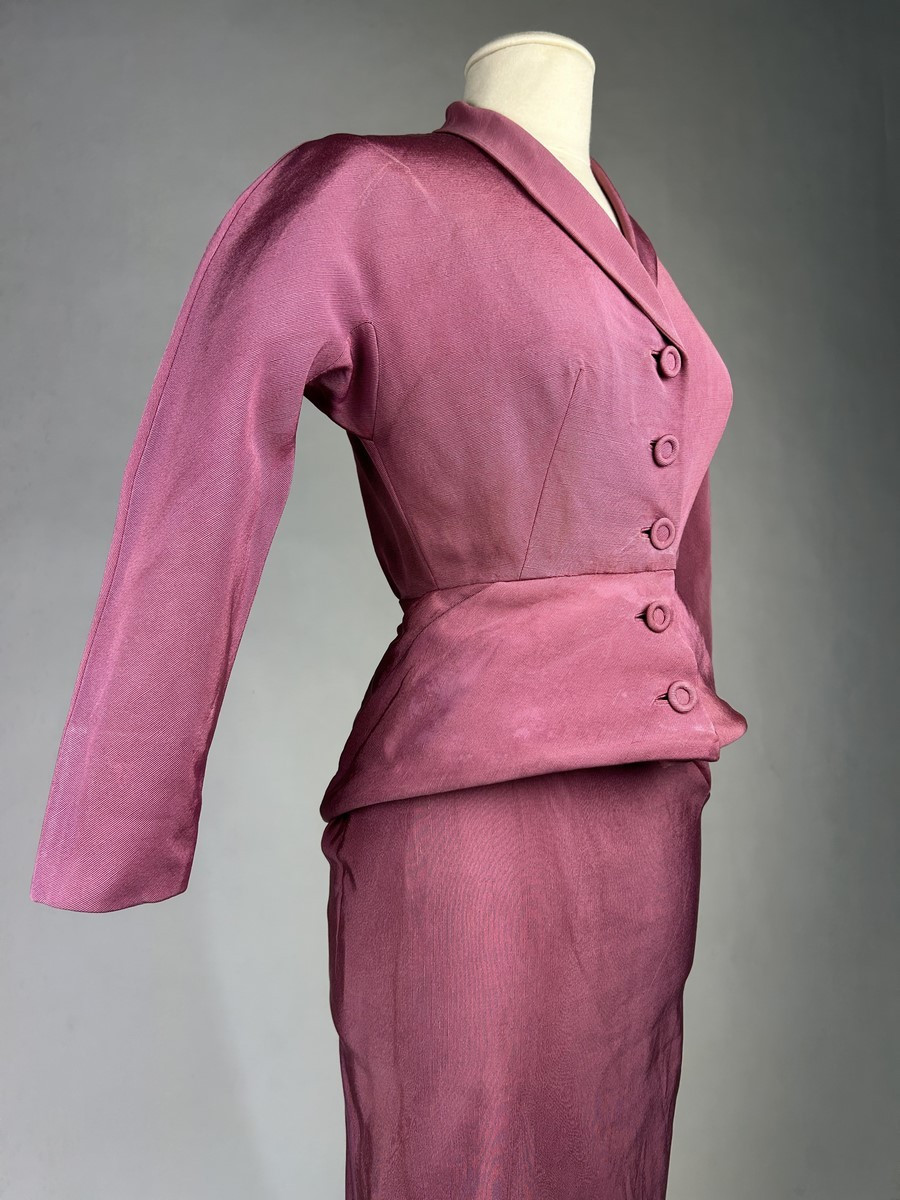
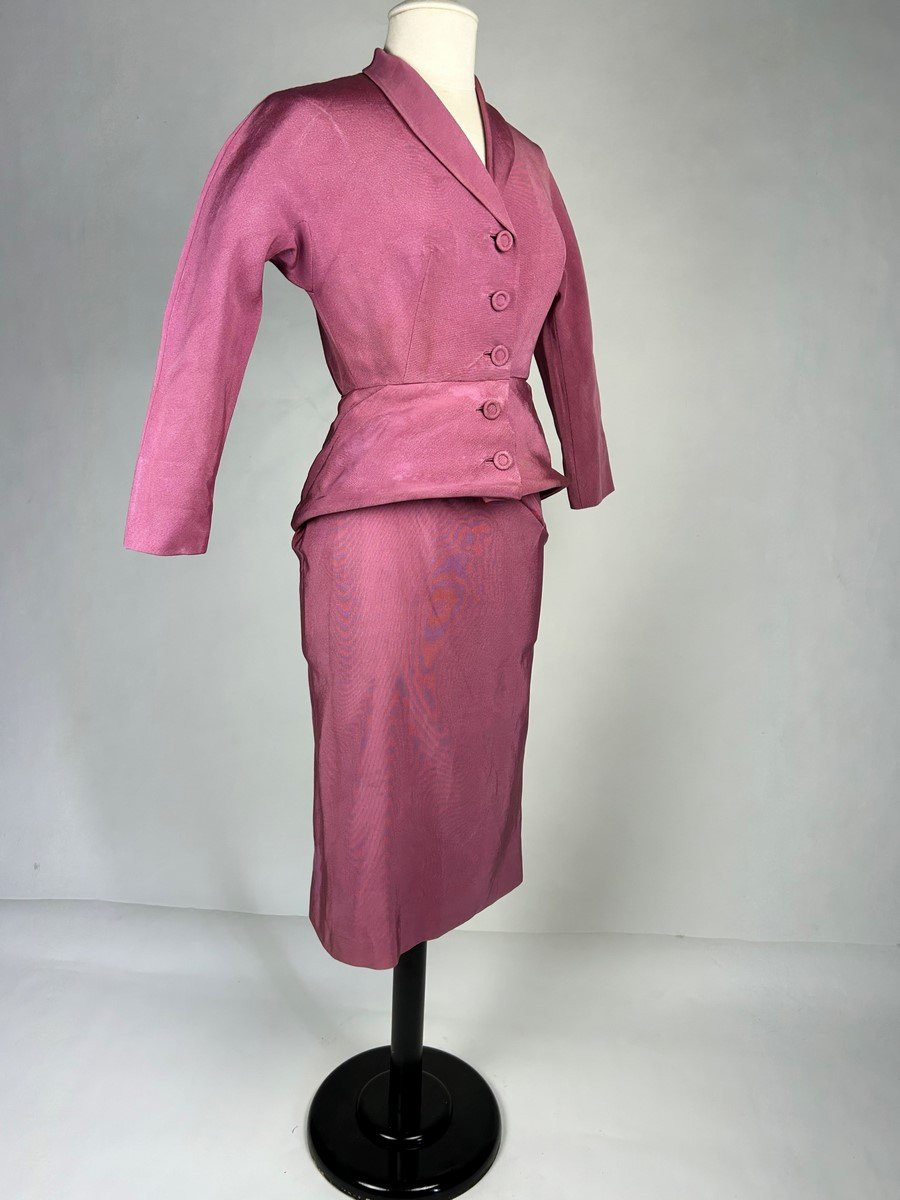
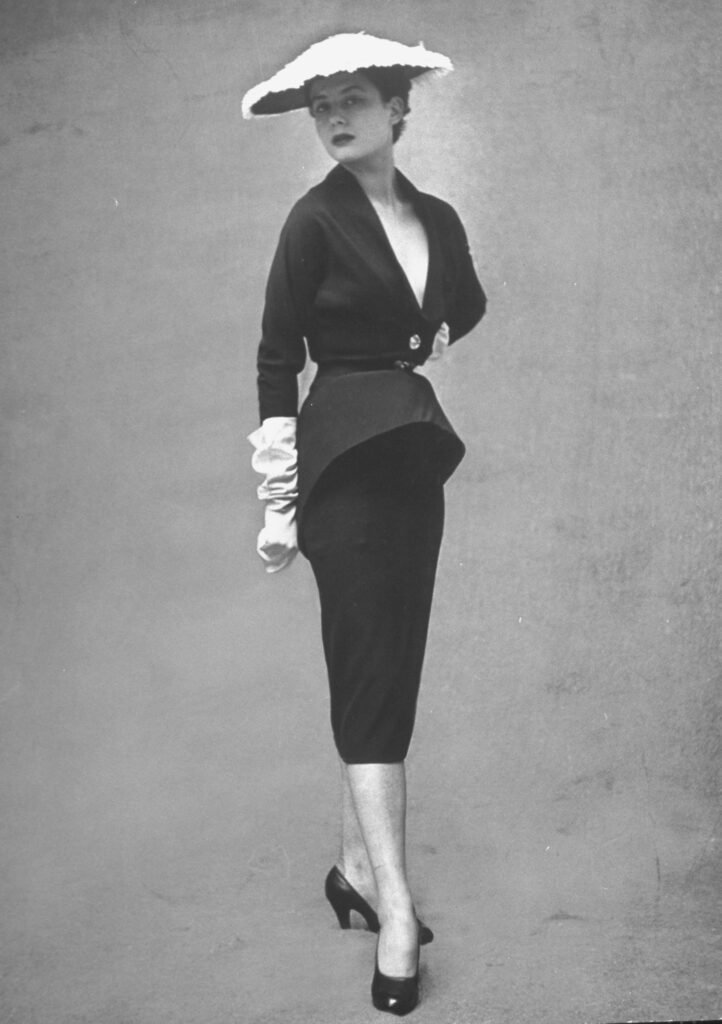
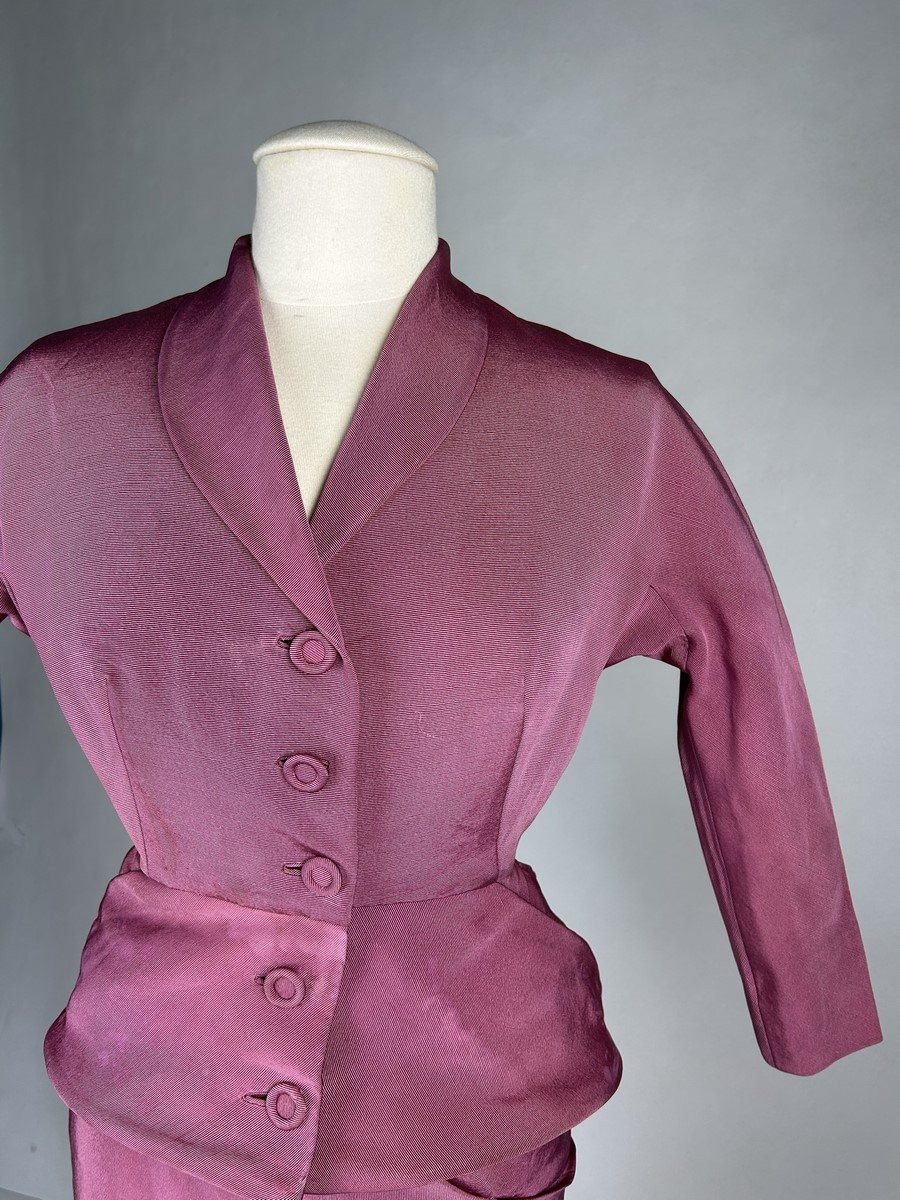
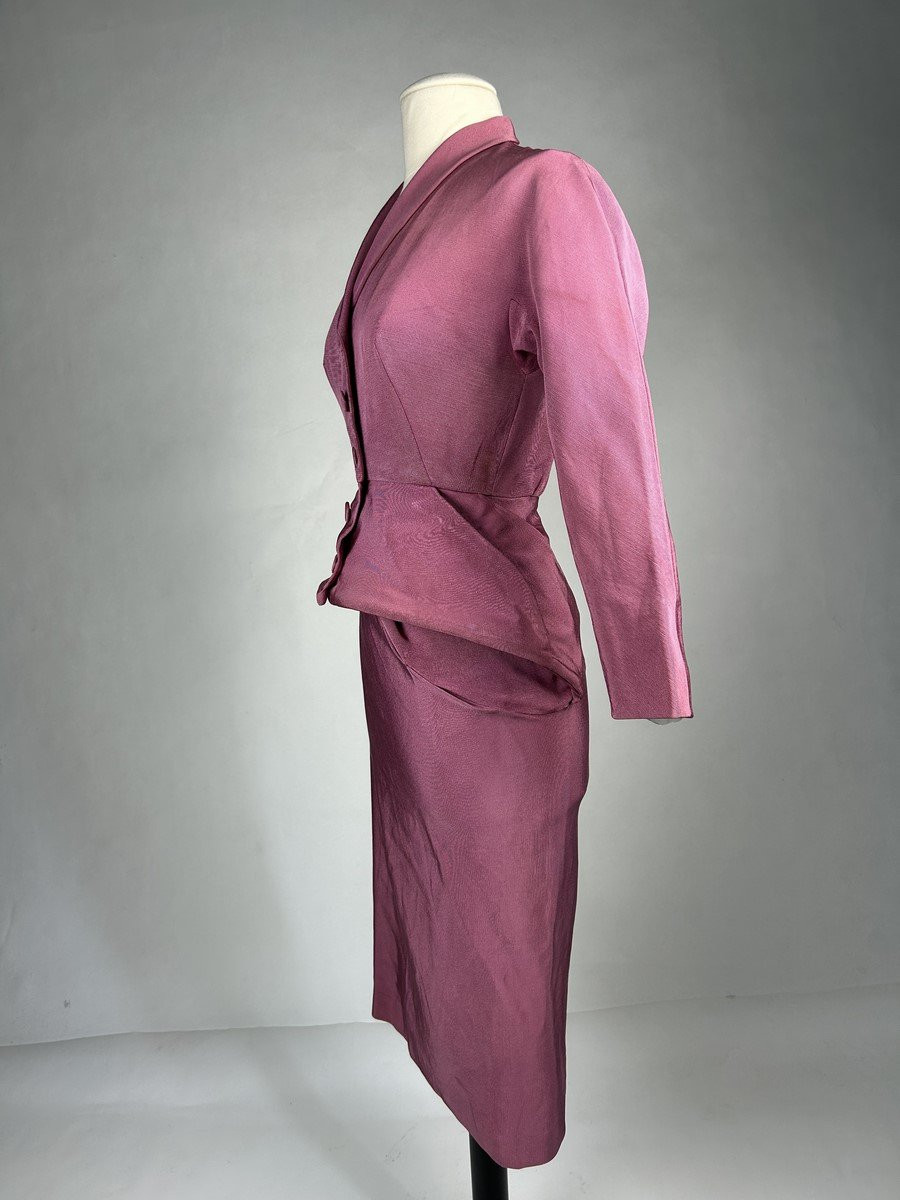
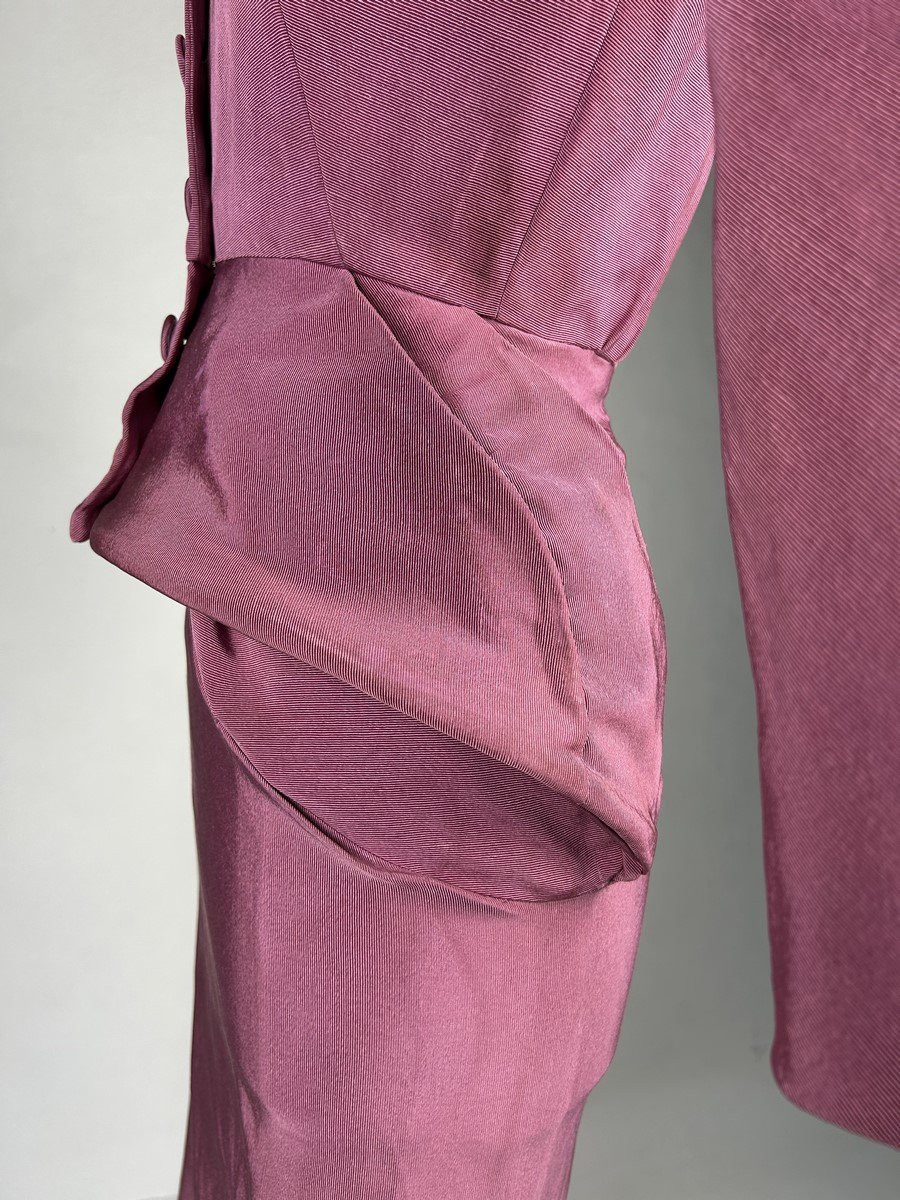
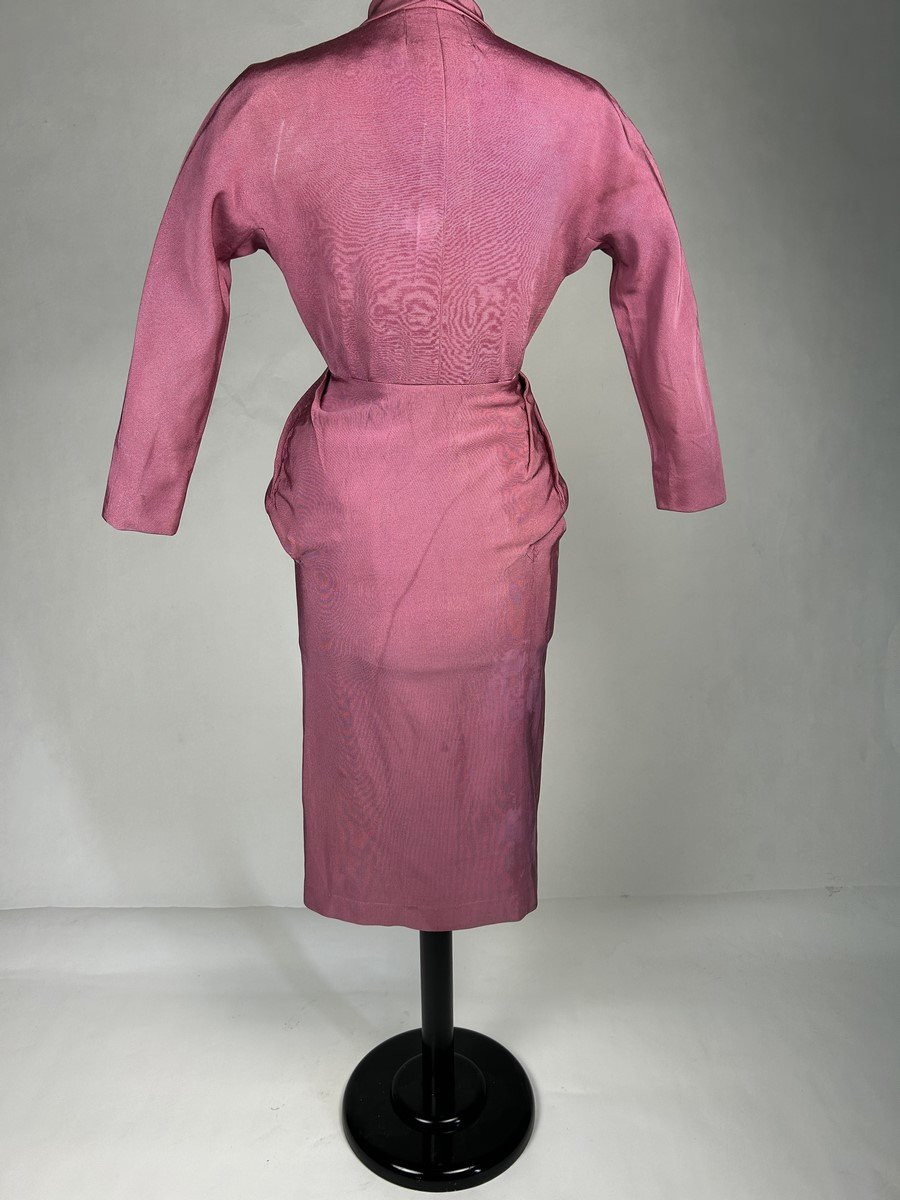
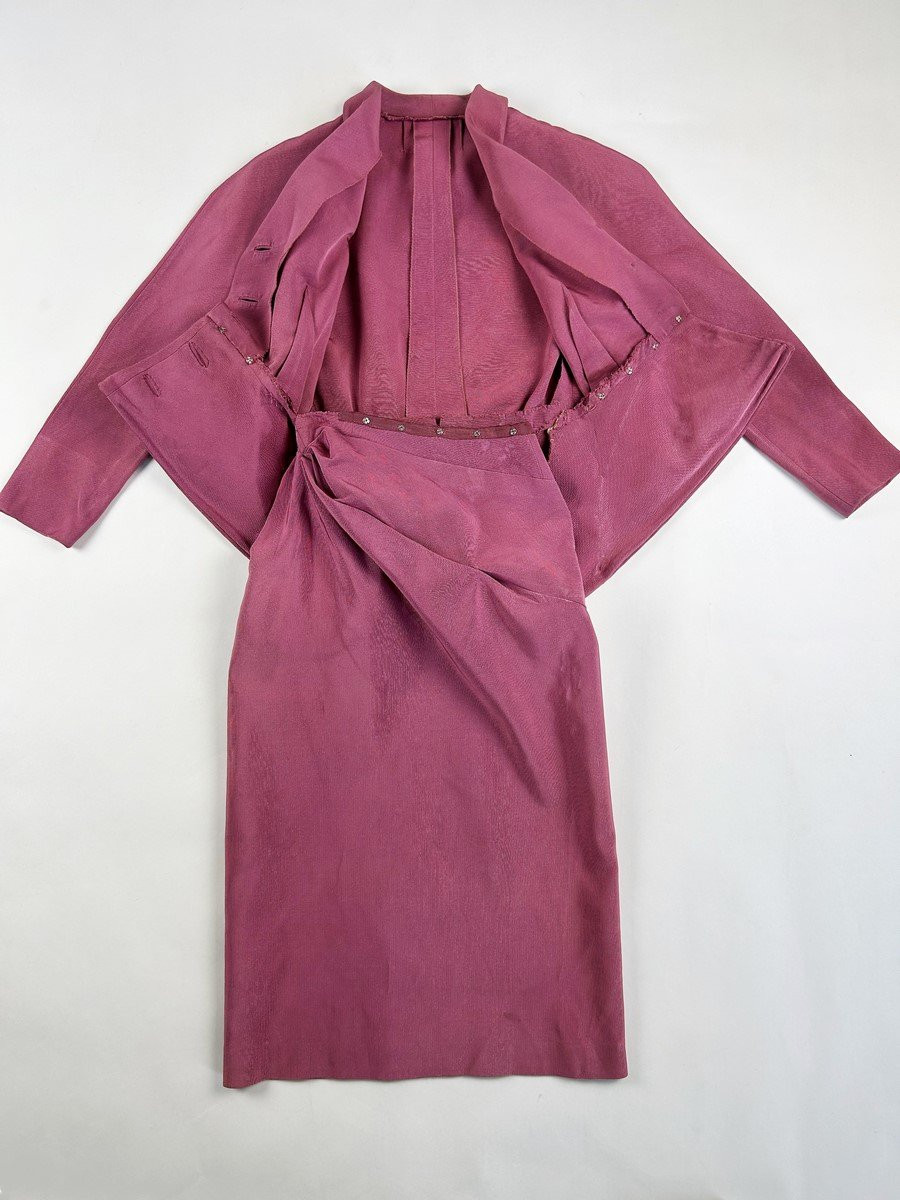
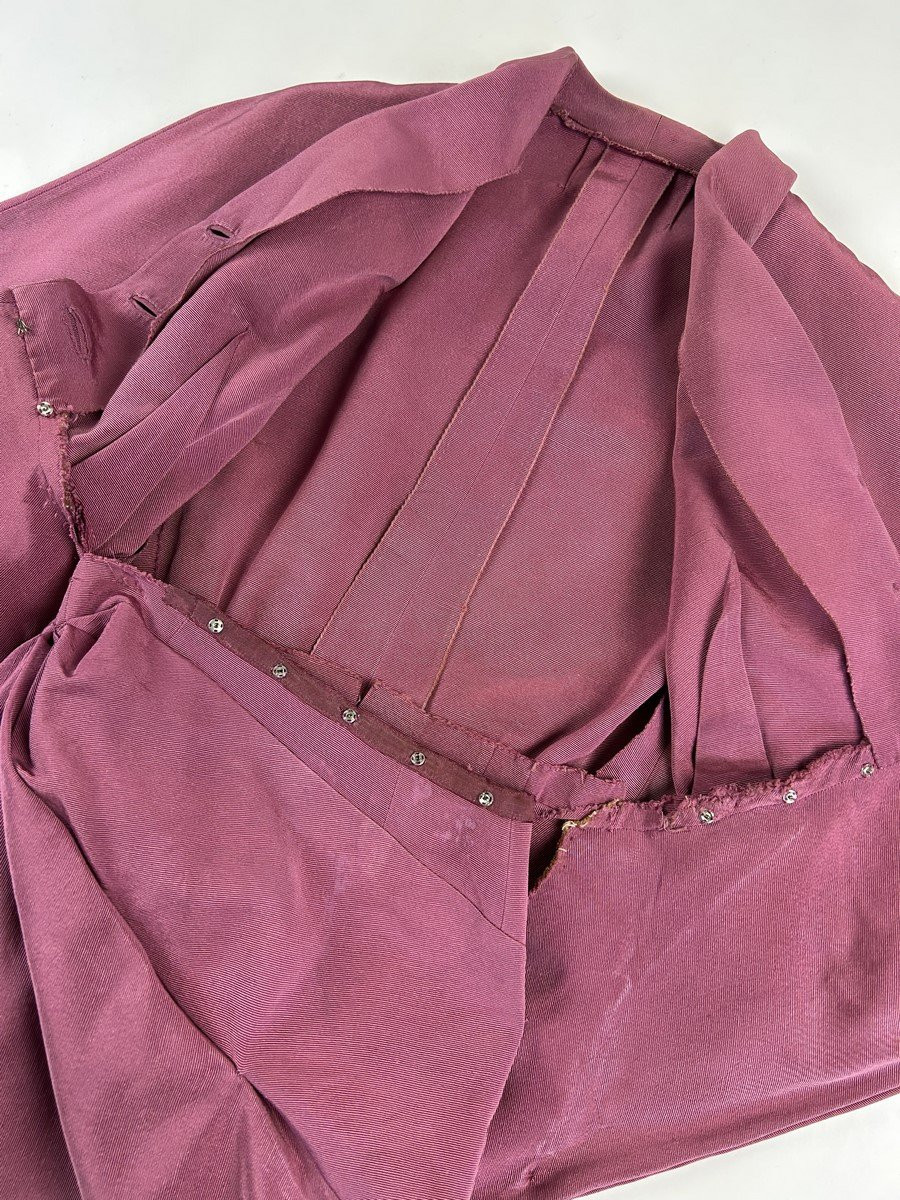
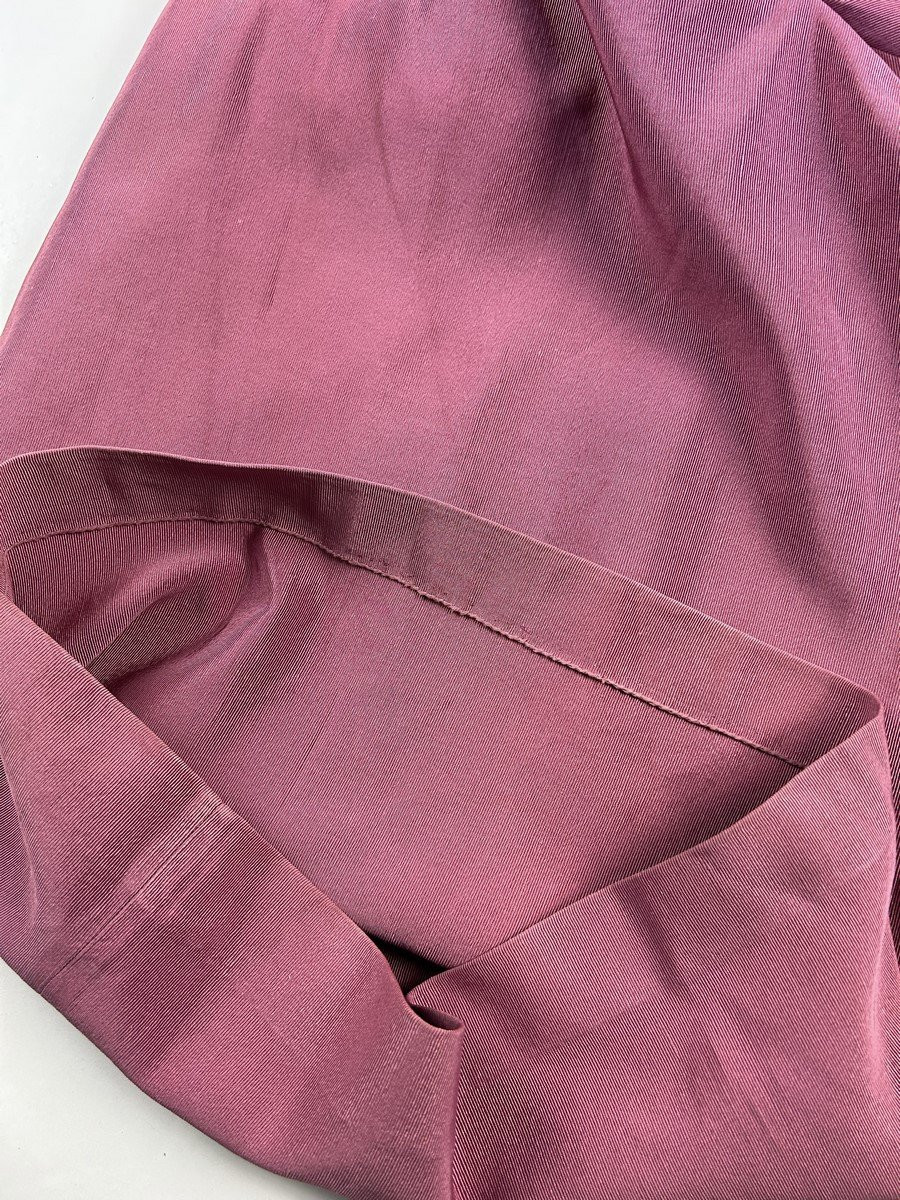
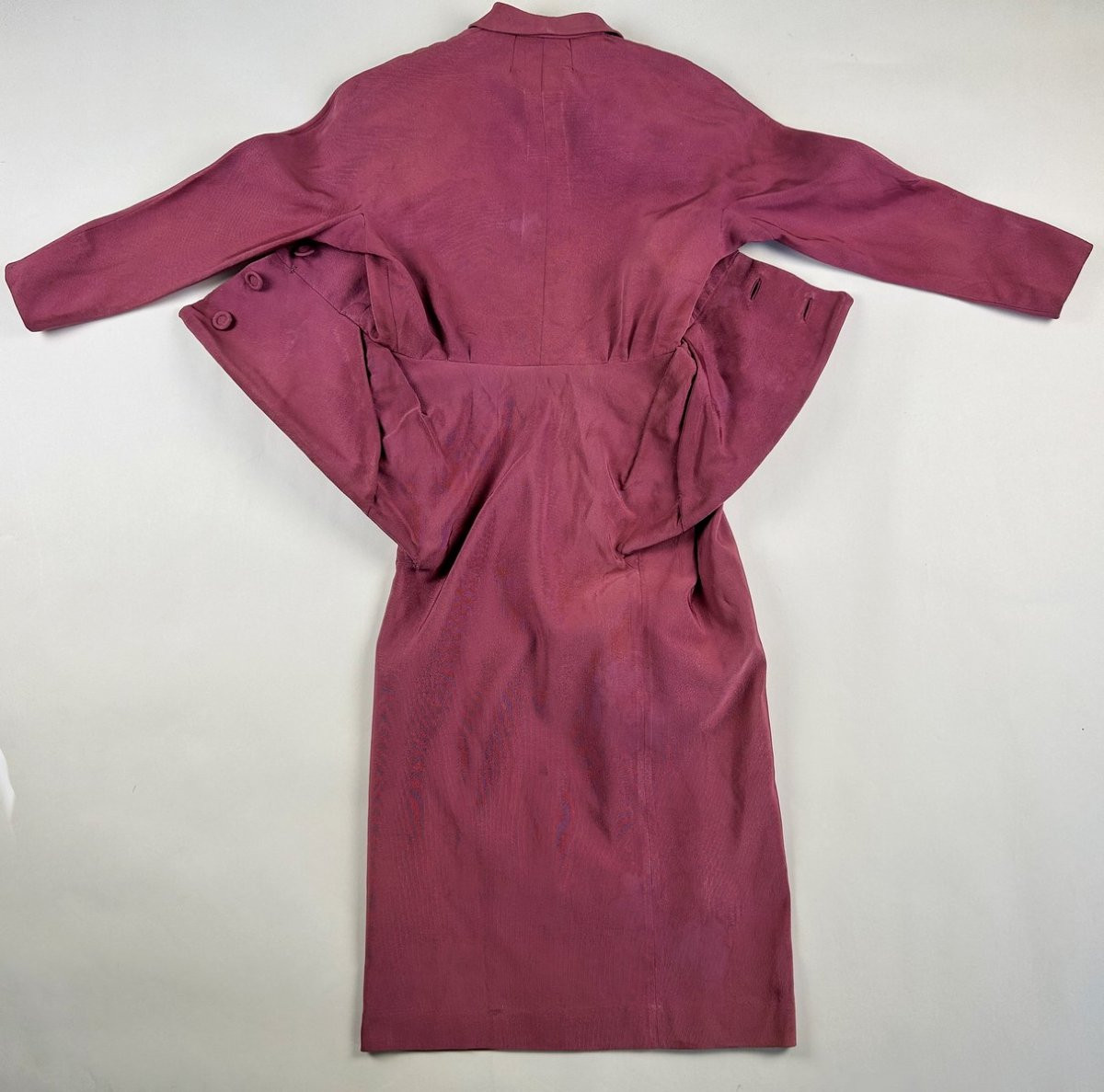
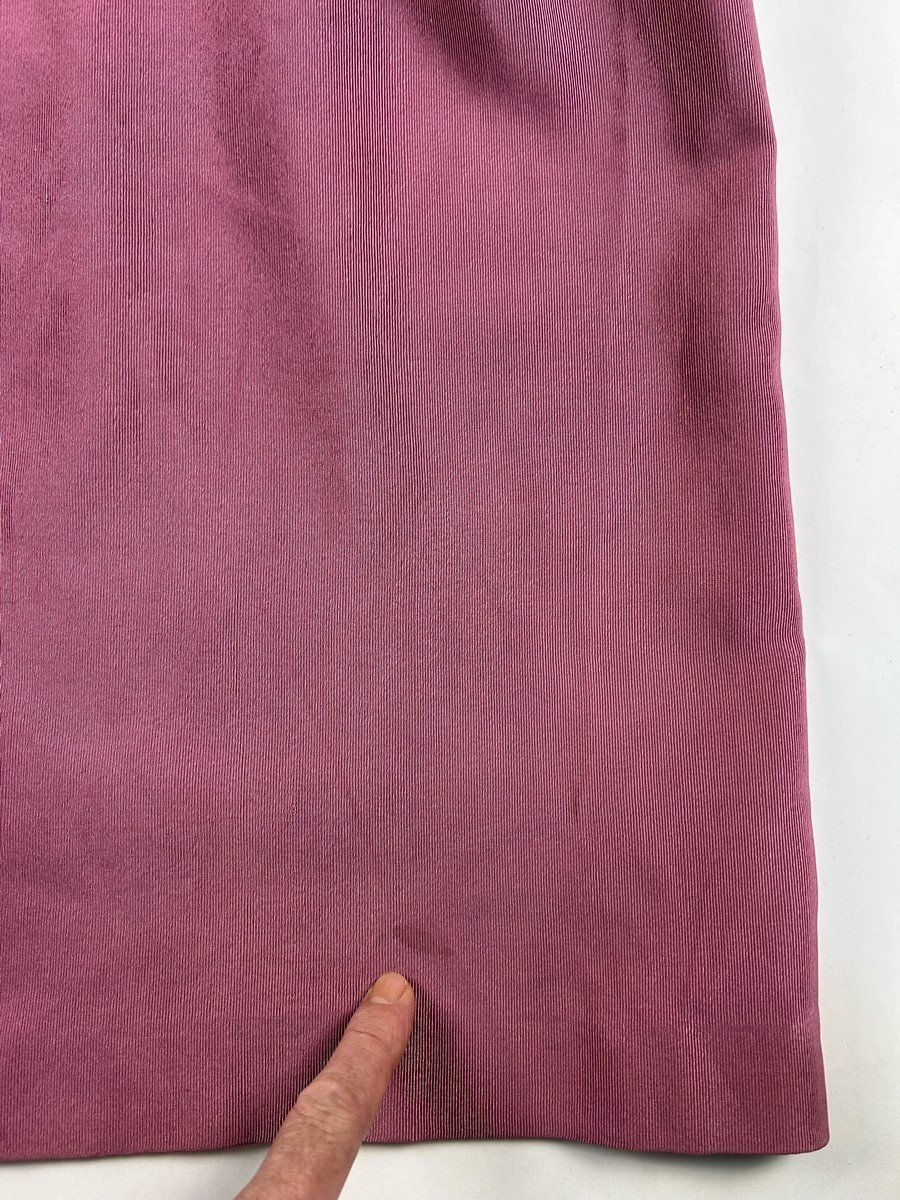
















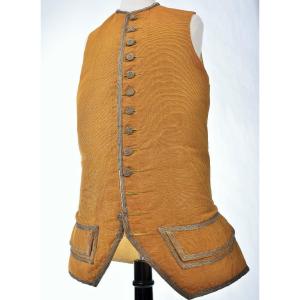

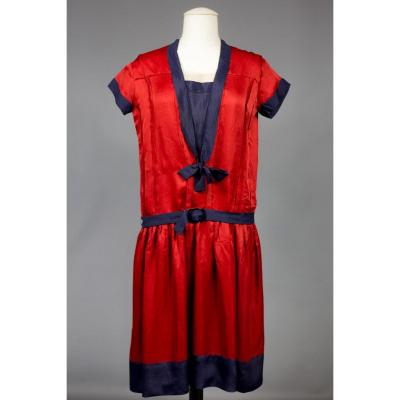
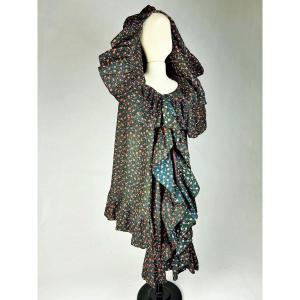

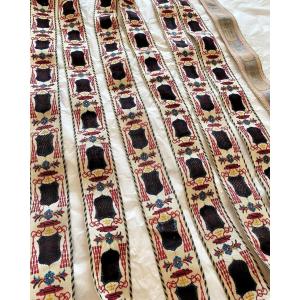
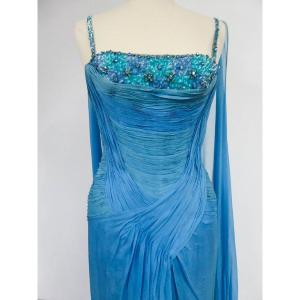


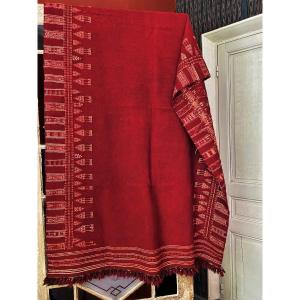

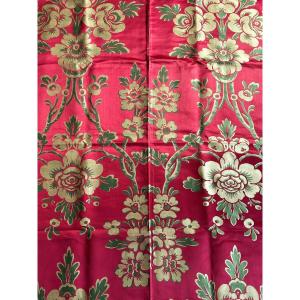

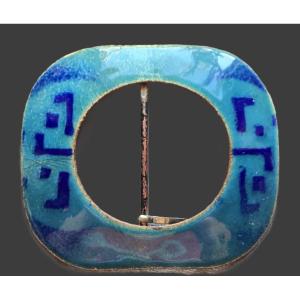
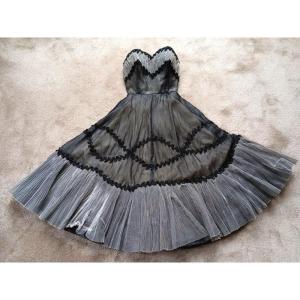
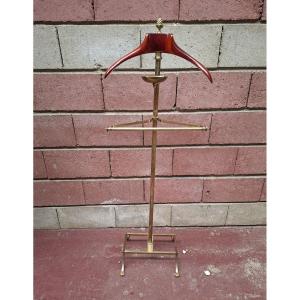
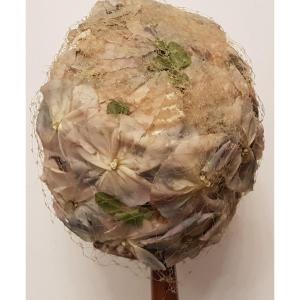



 Le Magazine de PROANTIC
Le Magazine de PROANTIC TRÉSORS Magazine
TRÉSORS Magazine Rivista Artiquariato
Rivista Artiquariato